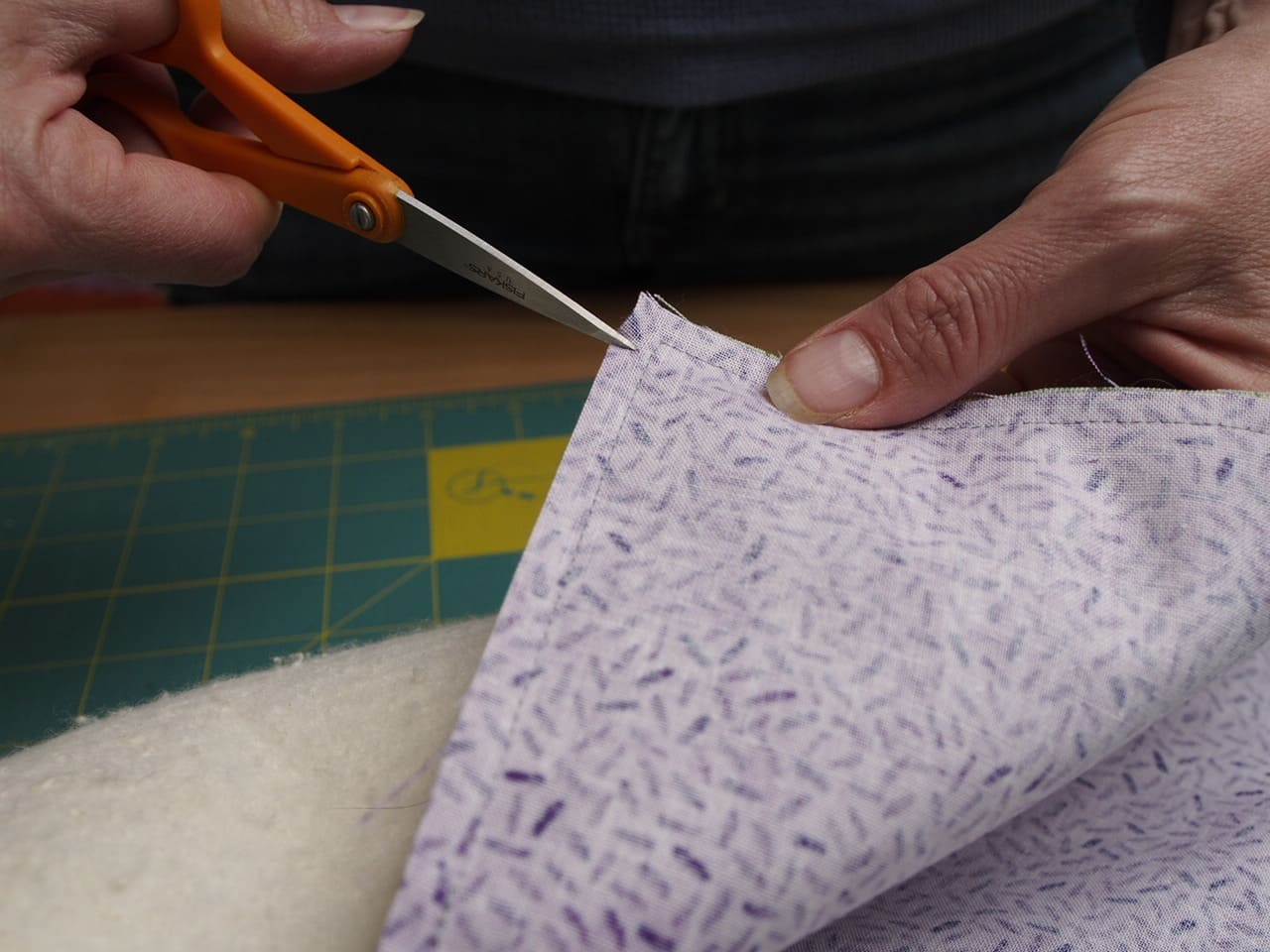

Articles
How To Quilt Corners For Beginners
Modified: February 24, 2024
Learn how to quilt corners with our informative articles. Master the art of creating beautifully finished quilt corners with our expert tips and techniques.
(Many of the links in this article redirect to a specific reviewed product. Your purchase of these products through affiliate links helps to generate commission for Storables.com, at no extra cost. Learn more)
Introduction
Quilting has long been a beloved craft, passed down through generations as a way to create beautiful and functional works of art. It involves stitching together layers of fabric to create a quilt, and one crucial aspect of quilting is properly quilting corners. Quilting corners can be a bit intimidating for beginners, but with some practice and guidance, it can be easily mastered.
In this article, we will guide you through the process of quilting corners, providing you with step-by-step instructions and helpful tips along the way. Whether you’re a novice quilter or have some experience under your belt, mastering quilting corners will take your quilting skills to the next level.
Before we dive into the process, let’s go over the materials you’ll need for quilting corners:
- Fabric pieces
- Quilting ruler
- Cutting mat
- Rotary cutter
- Sewing machine
- Pins
- Iron and ironing board
Now that you have all the necessary materials, let’s get started with the first step of quilting corners.
Key Takeaways:
- Mastering quilting corners is essential for creating professional-looking quilts. Pay attention to precision, practice diligently, and enjoy the creative process to elevate your quilting skills.
- Remember to gather all necessary materials and take your time with each step. Precision, practice, and creativity are key to mastering the art of quilting corners.
Read more: How To Quilt For Beginners
Materials Needed
Before you begin quilting corners, make sure you have the following materials on hand:
- Fabric pieces: Choose fabric pieces that complement each other and suit your quilt design. You will need at least two fabric pieces to sew the corners.
- Quilting ruler: A quilting ruler is a transparent ruler specifically designed for quilting. It will help you measure and align your fabric accurately.
- Cutting mat: A self-healing cutting mat is essential for cutting fabric pieces. It provides a stable and safe surface to use your rotary cutter on.
- Rotary cutter: A rotary cutter is a handy tool for cutting fabric with precision. It allows you to make straight and clean cuts.
- Sewing machine: A sewing machine will make the quilting process faster and more efficient. Ensure that it is in good working condition with a suitable needle for quilting.
- Pins: Pins are essential for holding fabric pieces together while sewing. Choose fine or quilting pins that won’t damage your fabric.
- Iron and ironing board: An iron and ironing board are necessary for pressing your fabric and seams. Proper pressing will give your quilt a polished finish.
Having these materials ready will ensure that you have a smooth quilting process. You can gather all the materials before you begin or as you progress through each step.
Step 1: Sewing the First Corner
Now that you have all the materials ready, it’s time to start quilting corners. Follow these steps to sew the first corner:
- Prepare your fabric: Lay out the two fabric pieces that form the corner and ensure they are aligned correctly.
- Align the ruler: Place the quilting ruler on top of the fabric pieces, aligning it with the edge where you want to sew the corner.
- Make a mark: Use a fabric marker or a pencil to make a small mark at the desired sewing point. This mark will guide you during the sewing process.
- Sew along the marked line: Set up your sewing machine with a straight stitch. Align the fabric under the presser foot, ensuring that the marked line aligns with the needle. Start sewing along the line, removing pins as you go.
- Backstitch at the beginning and end: Before reaching the end of the line, backstitch a few stitches to secure the seam. This will prevent it from unraveling later.
- Trim excess fabric: Once you’ve sewn the corner, trim the excess fabric using scissors or a rotary cutter. Be careful not to trim too close to the stitched line.
Sewing the first corner sets the foundation for quilting the rest of the corners. Take your time and ensure that your stitches are straight and secure. Once you have completed this step, move on to the next.
Step 2: Trimming the Seam Allowance
After sewing the first corner, it’s essential to trim the seam allowance to reduce bulk and create crisp corners. Follow these steps to trim the seam allowance:
- Press the sewn corner: Use an iron set on a medium heat setting to press the sewn corner. This will help set the stitches and make it easier to trim the seam allowance.
- Lay the fabric flat: Lay the fabric flat with the sewn corner facing up. Smooth out any wrinkles or folds in the fabric.
- Measure and mark: Using your quilting ruler, measure a specific seam allowance distance from the stitched line. Mark this distance along the excess fabric.
- Trim the fabric: With a pair of fabric scissors or a rotary cutter, carefully trim the excess fabric along the marked line. Take your time and make precise cuts.
- Remove trimmed fabric: Discard the trimmed fabric, ensuring it doesn’t get in the way of your work area.
Trimming the seam allowance not only reduces bulk but also creates smooth and sharp corners in your quilt. Remember to press the fabric after trimming to keep it neat and ready for the next step in the quilting process.
Step 3: Pressing the Corner
Pressing the corner after trimming the seam allowance is an essential step in quilting. It helps set the stitches, creates crisp edges, and ensures your quilt stays flat and neat. Follow these steps to press the corner:
- Place the sewn corner on the ironing board: Lay the sewn corner flat on the ironing board, with the right side of the fabric facing up.
- Press the corner: Using an iron set to the appropriate temperature for your fabric, carefully press the corner. Start from the stitched side and move towards the outer edge of the corner, applying gentle pressure to set the stitches and create sharp folds.
- Repeat on the back: Flip the fabric over and press the corner from the backside as well. This ensures that both sides of the fabric receive equal attention and the corner stays crisp.
- Inspect the corner: Once you’ve pressed the corner, inspect it to ensure it looks neat and the edges are properly folded.
Proper pressing is crucial for achieving a professional-looking quilt. Take your time with this step and pay attention to detail. A well-pressed corner will not only enhance the appearance of your quilt but also make it easier to proceed to the next corner quilting step.
When quilting corners, make sure to pivot the fabric at a 45-degree angle to create a crisp and clean corner. Take your time and use a quilting ruler to ensure accuracy.
Read more: How To Machine Quilt For Beginners
Step 4: Sewing the Second Corner
With the first corner successfully quilted, it’s time to move on to sewing the second corner. Follow these steps to complete the second corner:
- Prepare the fabric: Align the next fabric pieces to create the second corner. Ensure they are positioned correctly and ready for sewing.
- Align the quilting ruler: Place the quilting ruler on top of the fabric pieces, aligning it with the edge where the second corner will be sewn.
- Make a marking: Use a fabric marker or pencil to make a small mark at the desired sewing point. This mark will guide you as you sew the corner.
- Sew along the marked line: Set up your sewing machine with a straight stitch and align the fabric under the presser foot. Make sure the marked line aligns with the needle and start sewing along the line.
- Backstitch at the beginning and end: As you approach the end of the line, backstitch a few stitches to secure the seam. This will prevent it from unraveling later.
- Trim the excess fabric: Once you’ve sewn the second corner, trim any excess fabric using scissors or a rotary cutter. Be careful not to cut too close to the stitched line.
Sewing the second corner follows a similar process as the first. Take care to ensure your stitches are straight and secure. With the second corner complete, you’re well on your way to successfully quilting all the corners of your quilt.
Step 5: Trimming the Seam Allowance
After sewing the second corner, it’s important to trim the seam allowance to reduce bulk and create clean corners. Follow these steps to trim the seam allowance:
- Press the sewn corner: Use an iron set to a medium heat setting to press the sewn corner. This will help set the stitches and make it easier to trim the seam allowance.
- Lay the fabric flat: Lay the fabric flat with the sewn corner facing up. Smooth out any wrinkles or folds in the fabric.
- Measure and mark: Using your quilting ruler, measure a specific seam allowance distance from the stitched line. Mark this distance along the excess fabric.
- Trim the excess fabric: With fabric scissors or a rotary cutter, carefully trim the excess fabric along the marked line. Take your time and make precise cuts.
- Remove trimmed fabric: Once you have trimmed the seam allowance, discard the excess fabric. Make sure it doesn’t interfere with your work area.
Trimming the seam allowance helps reduce bulk and ensures your quilt corners lie flat and crisp. Press the fabric again after trimming to keep it neat and ready for the next step in the quilting process.
Step 6: Pressing the Corner
Pressing the corner after trimming the seam allowance is a crucial step to achieve professional-looking quilt corners. Proper pressing ensures that the corners are crisp, the seams are flat, and the quilt lays smoothly. Follow these steps to press the corner:
- Place the sewn corner on the ironing board: Lay the sewn corner flat on the ironing board, with the right side of the fabric facing up.
- Press the corner: Heat your iron to the optimal temperature for the fabric you are using. Gently press the corner, starting from the stitched side and moving towards the outer edge. Apply even pressure and smooth out any wrinkles as you go.
- Flip and press from the back: Flip the fabric over and press the corner from the backside as well. This helps to set the stitches and gives a more professional finish.
- Check the corner: Inspect the corner to ensure that it is neatly pressed and the edges are crisp. If needed, re-press any areas that may require a bit more attention.
Proper pressing is key to achieving professional-looking quilt corners. Take your time with this step and pay attention to detail. A well-pressed corner adds a polished touch to your quilt and prepares it for the final steps of your quilting project.
Final Thoughts
Congratulations! You have successfully learned how to quilt corners, an important skill in the quilting world. By following the steps outlined in this article, you can create beautifully quilted corners that elevate the overall look of your quilt. Keep in mind the following tips as you continue your quilting journey:
- Practice makes perfect: Quilting corners may take some practice to master. Don’t be discouraged if your first few attempts don’t turn out exactly as you envisioned. Keep practicing, and with time, your corner quilting skills will improve.
- Precision is key: Pay attention to detail and strive for precision throughout the corner quilting process. Accurate measurements, straight stitching, and careful trimming will result in clean and professional-looking corners.
- Take breaks and rest your eyes: Quilting can be a time-consuming task that requires concentration. Remember to take breaks and rest your eyes to avoid fatigue. This will help you maintain focus and accuracy throughout the quilting process.
- Experiment with fabrics and patterns: Quilting offers endless possibilities for creativity. Feel free to explore different fabric choices and patterns to add your personal touch to each quilt. Don’t be afraid to step out of your comfort zone and try new techniques.
- Enjoy the process: Quilting is not only about the end product but also about the joy and satisfaction you derive from the process itself. Take time to enjoy the journey, celebrate your progress, and embrace the artistry of quilting.
With these final thoughts in mind, you are well-equipped to continue your quilting endeavors with confidence and skill. Quilting corners will become second nature to you as you gain more experience and tackle new quilting projects. So, gather your materials, let your creativity soar, and start quilting those corners!
Frequently Asked Questions about How To Quilt Corners For Beginners
Was this page helpful?
At Storables.com, we guarantee accurate and reliable information. Our content, validated by Expert Board Contributors, is crafted following stringent Editorial Policies. We're committed to providing you with well-researched, expert-backed insights for all your informational needs.
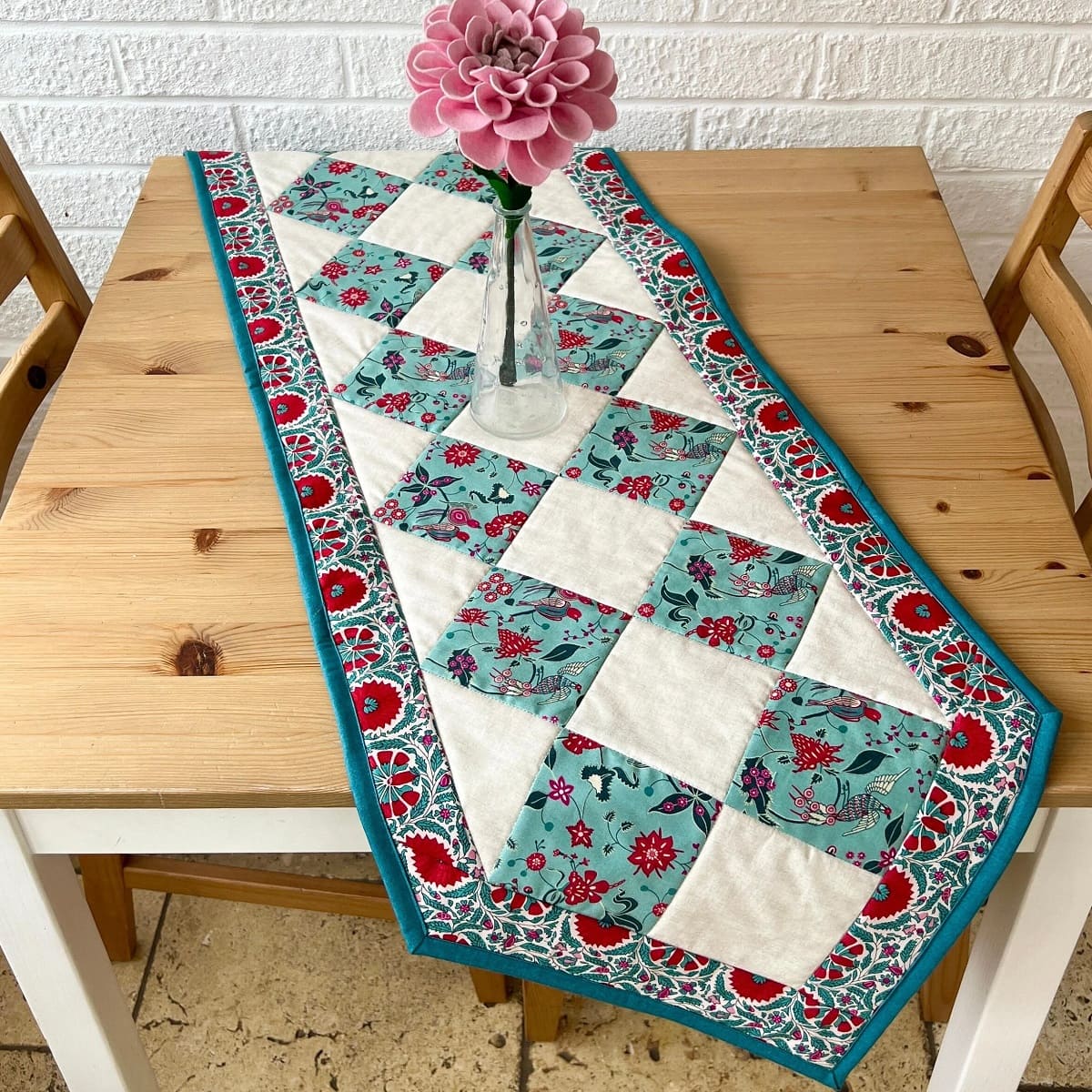
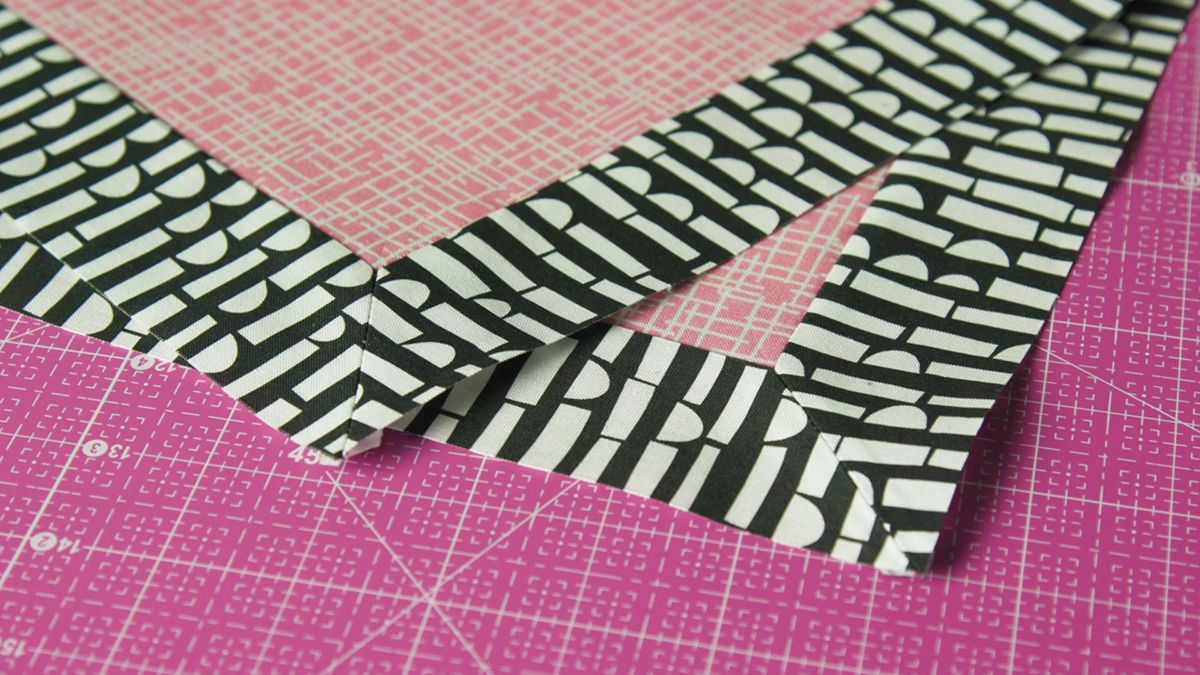
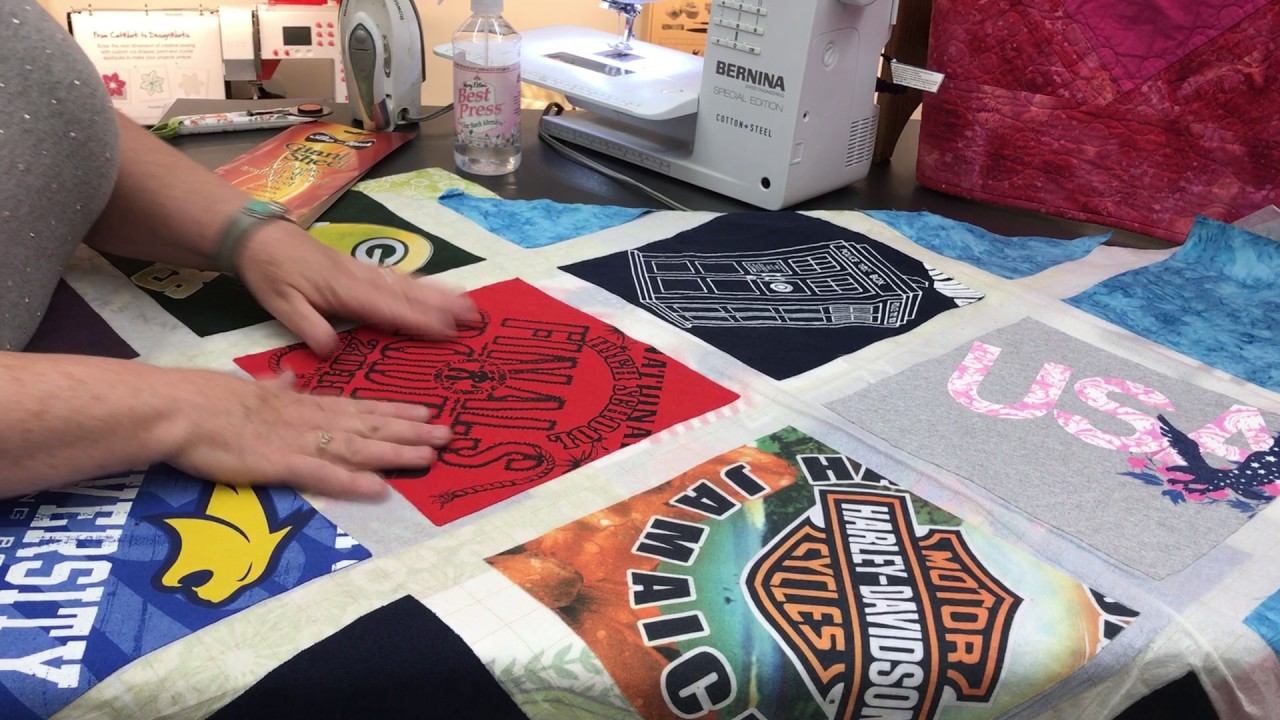
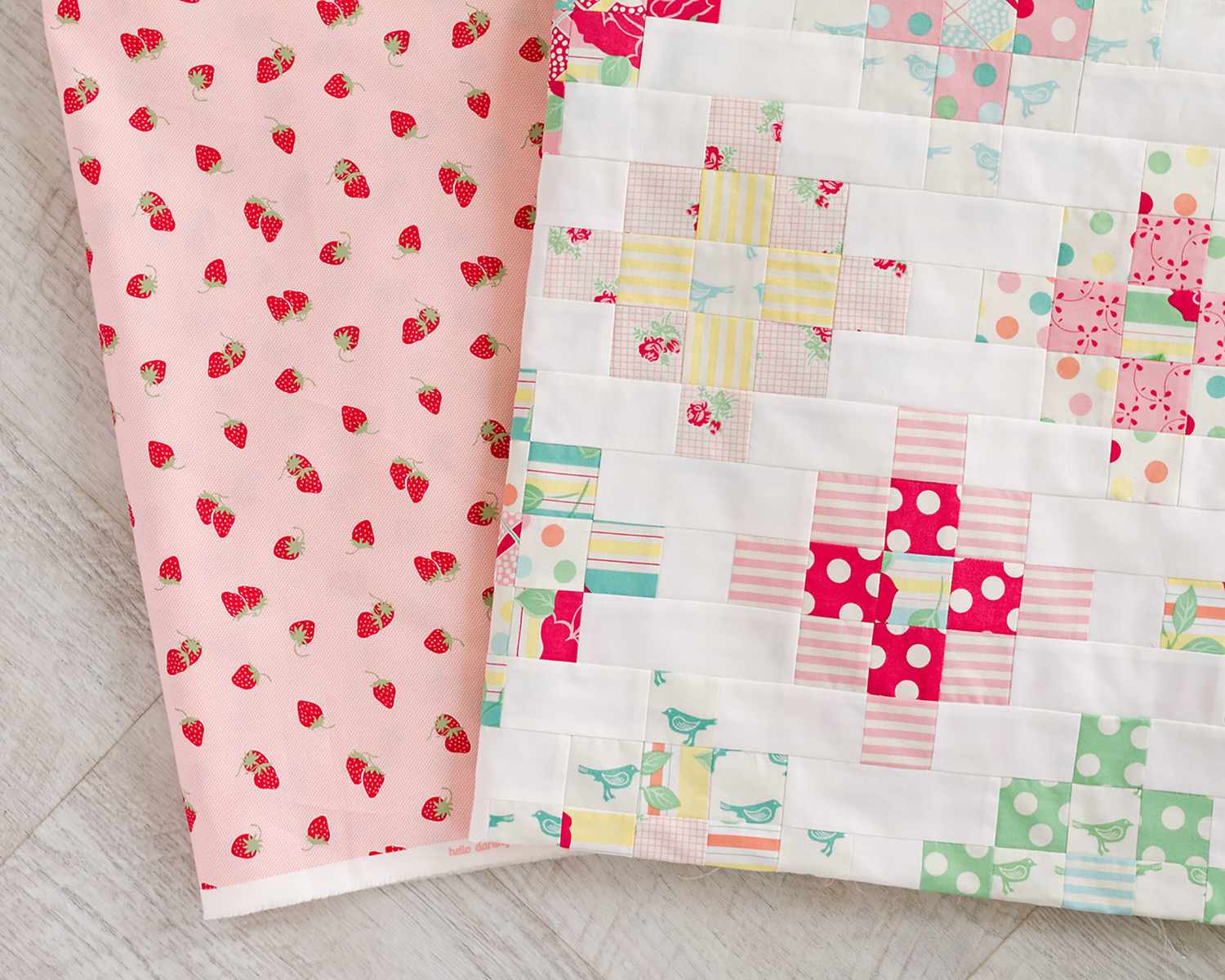
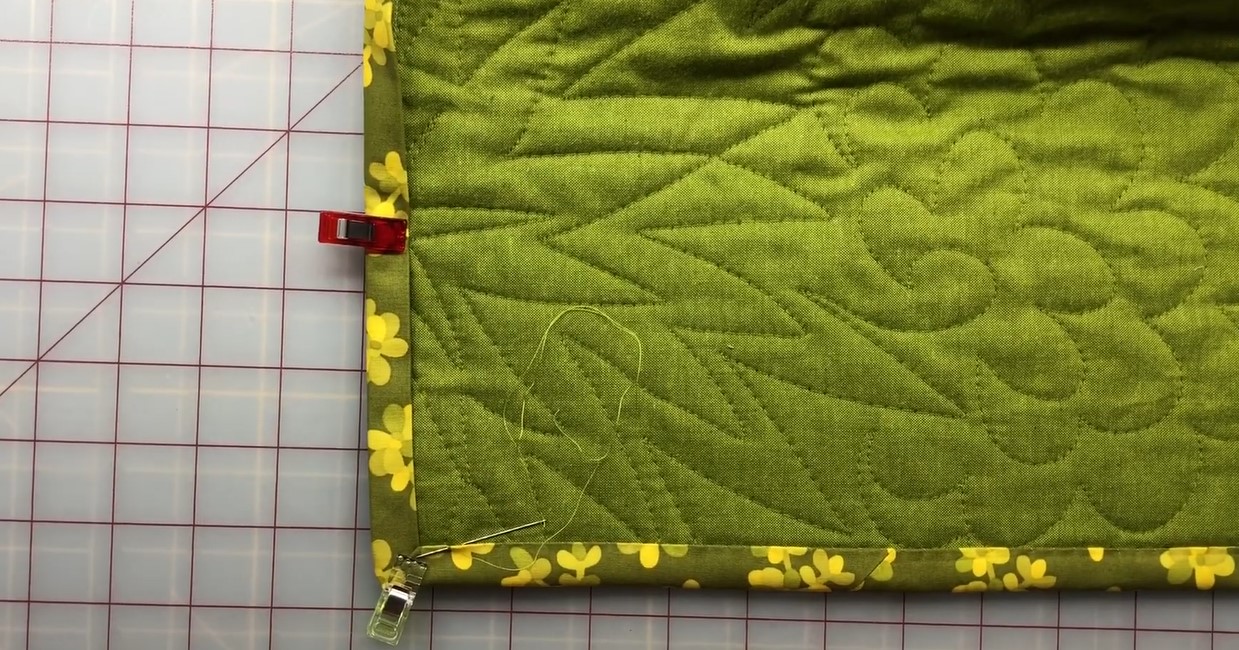
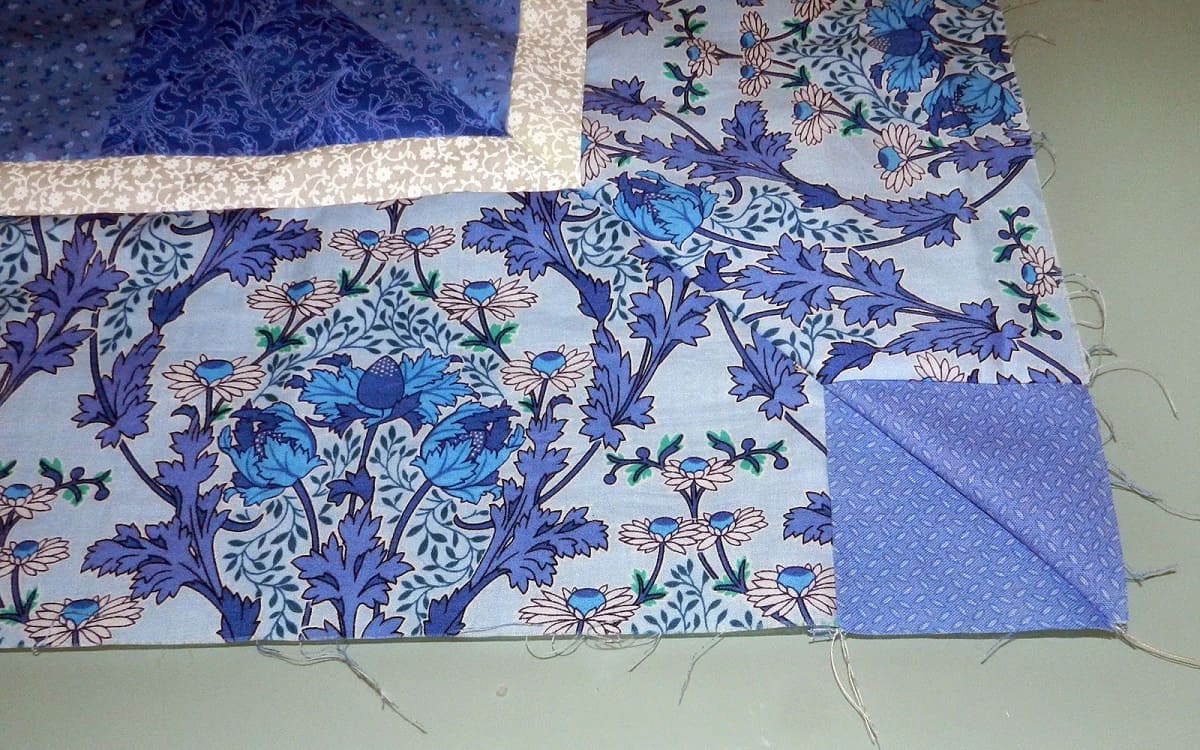
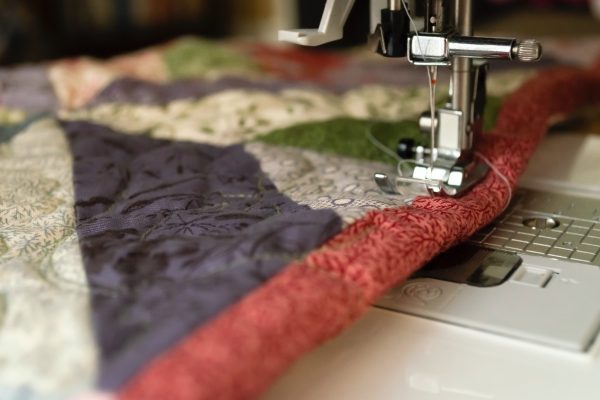
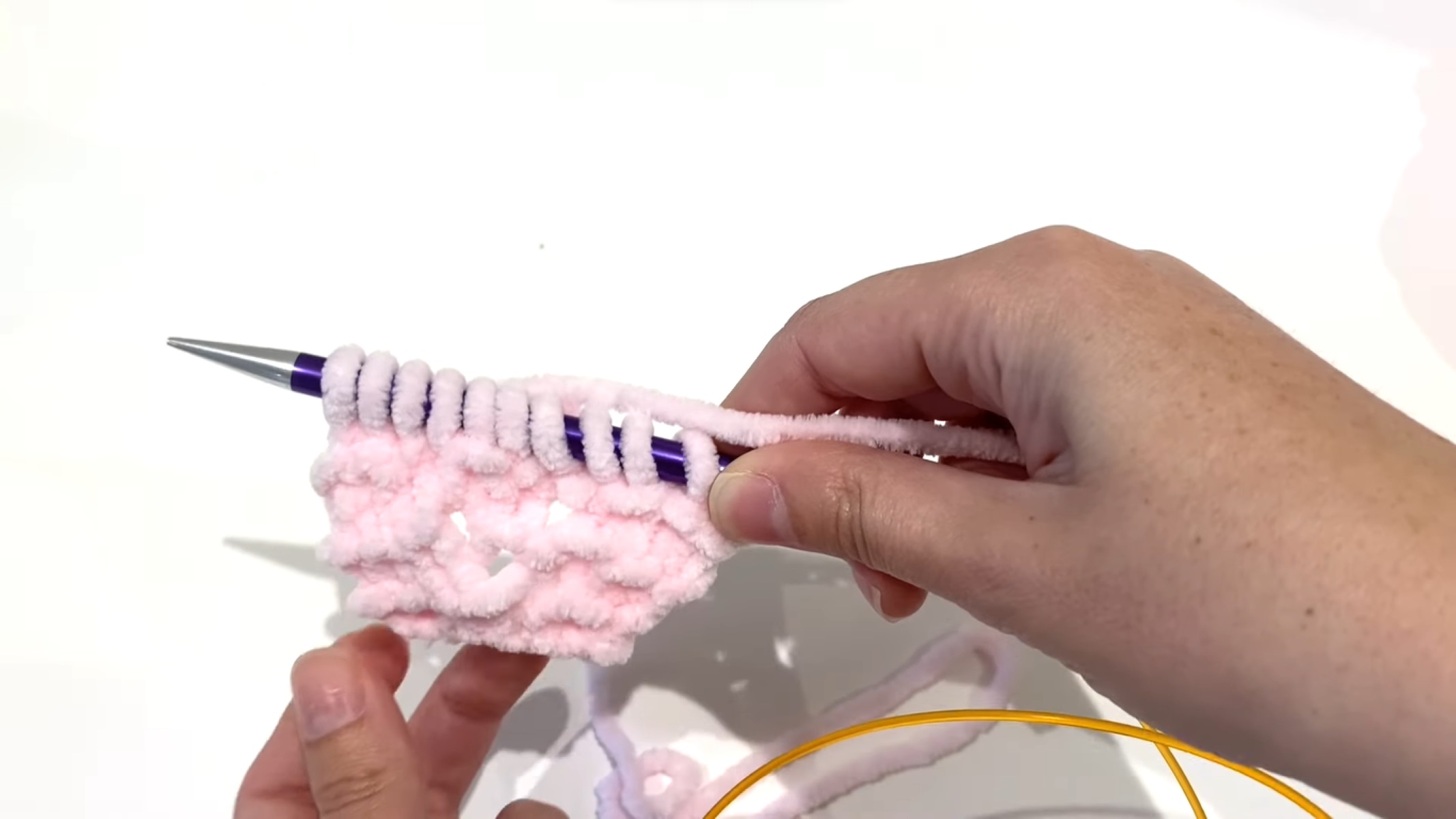
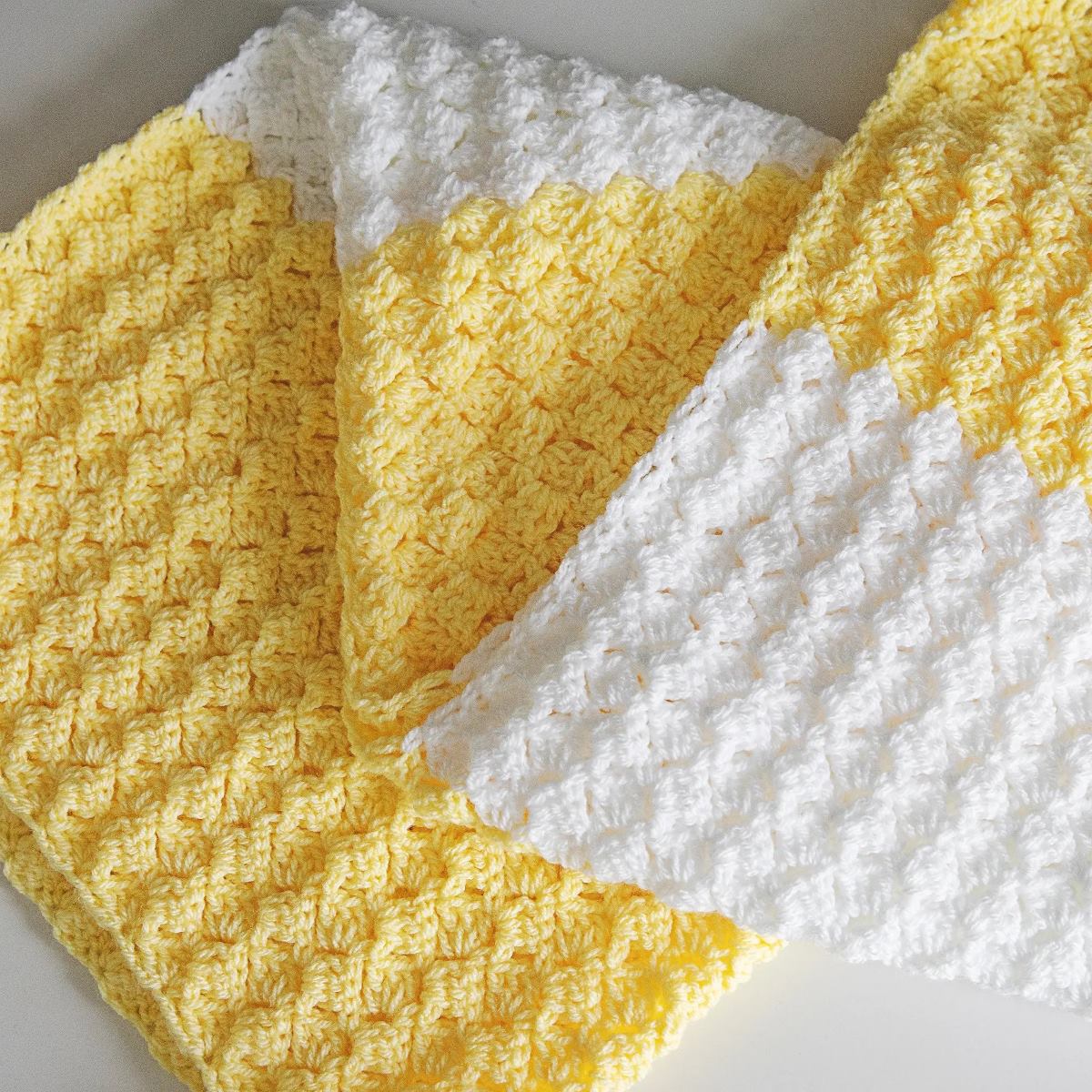
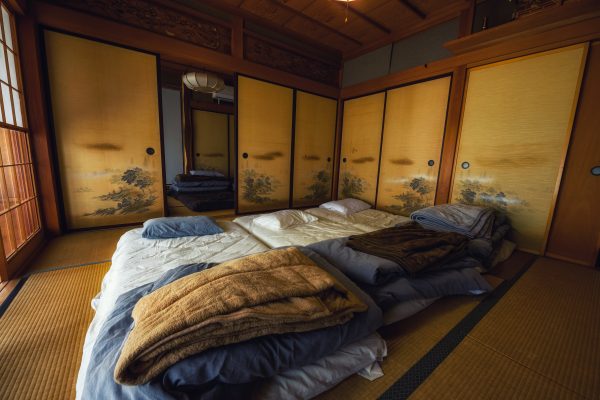

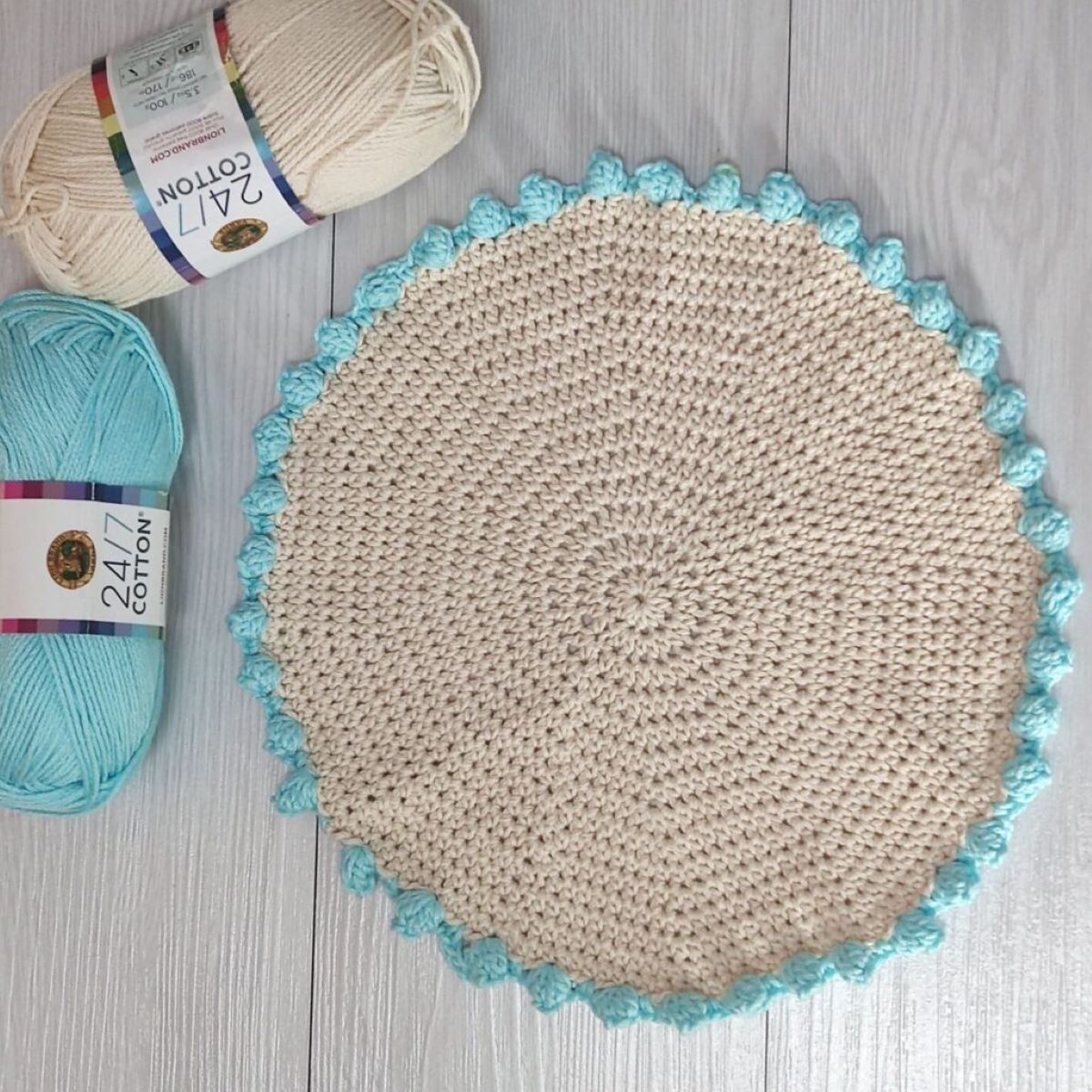
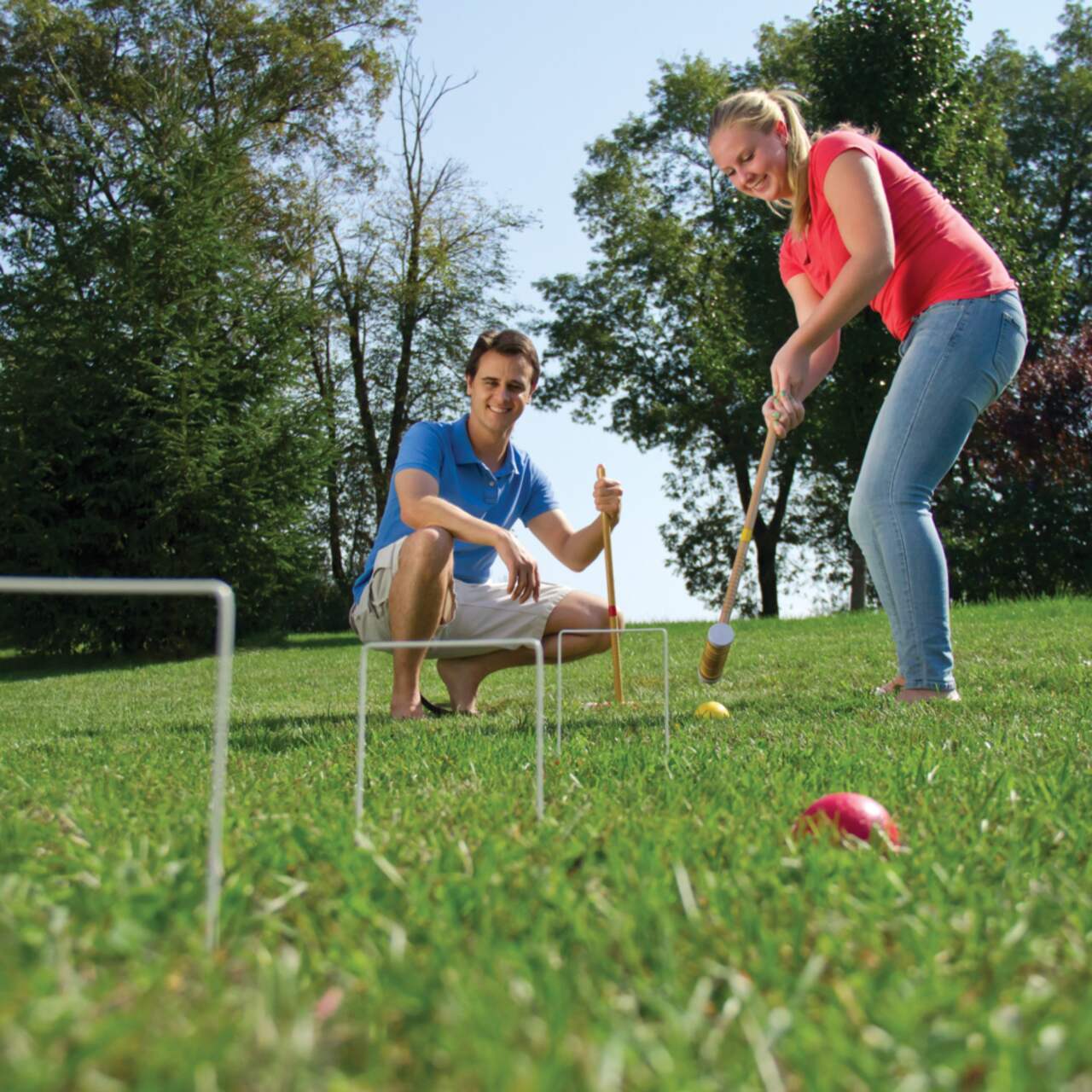
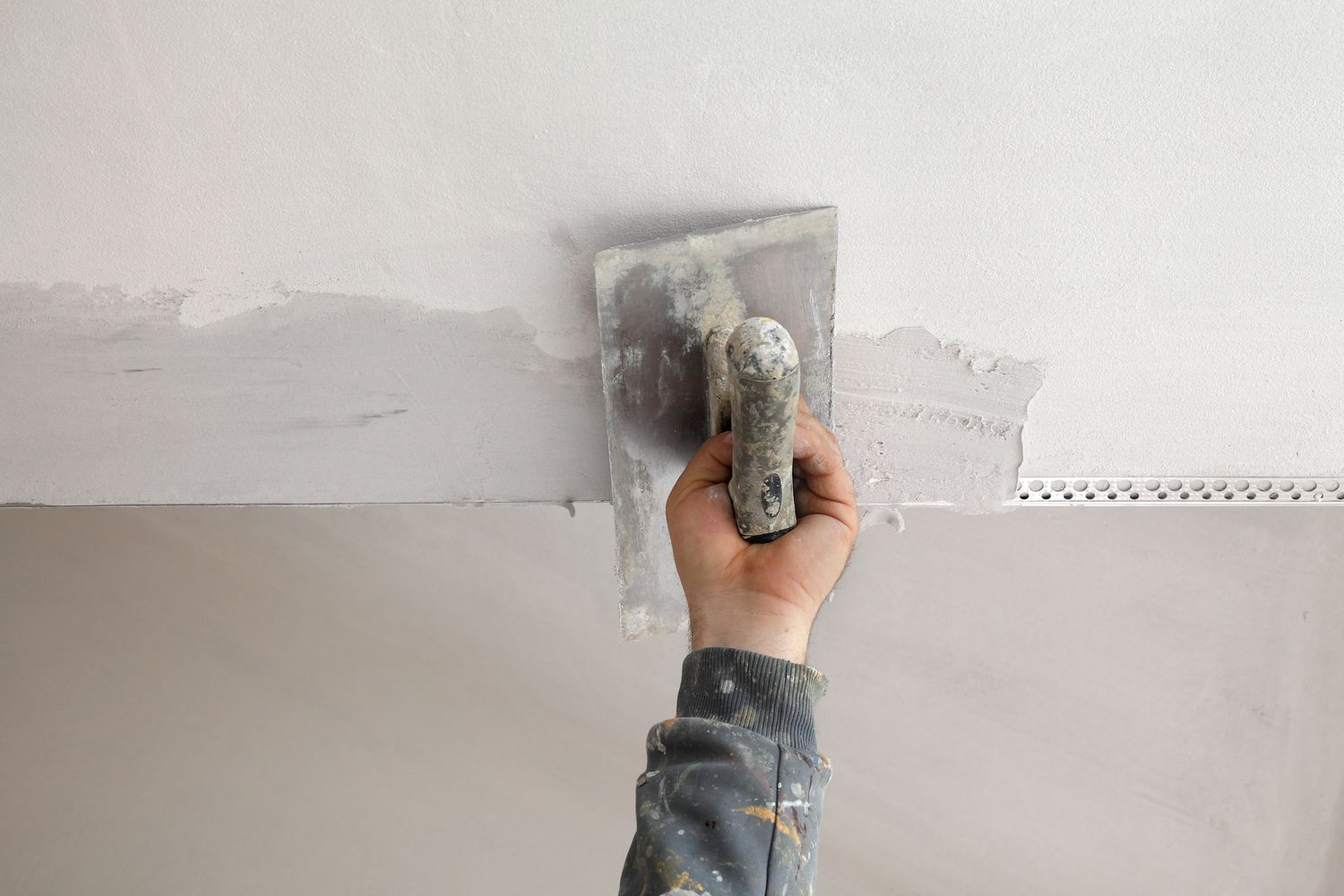

0 thoughts on “How To Quilt Corners For Beginners”